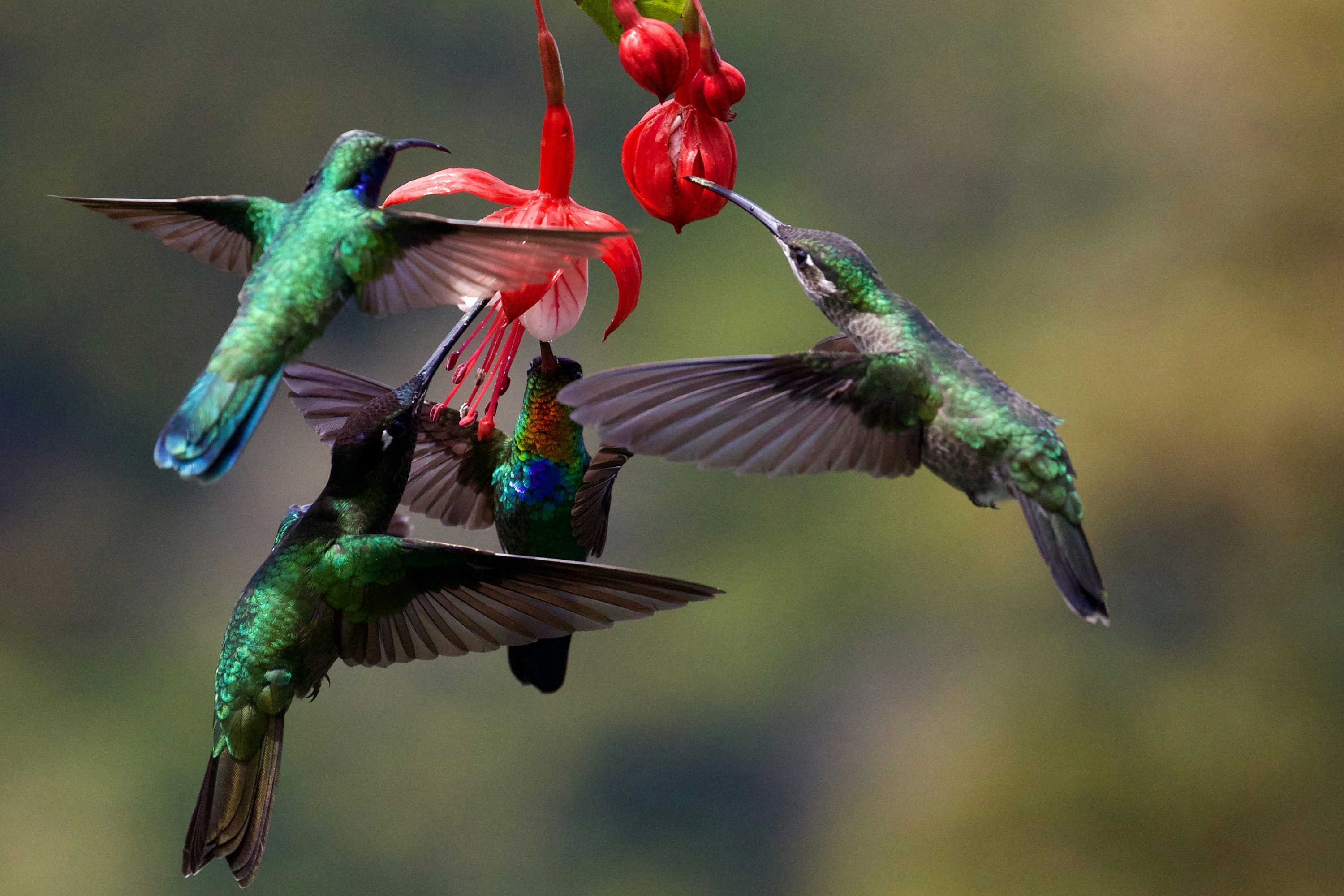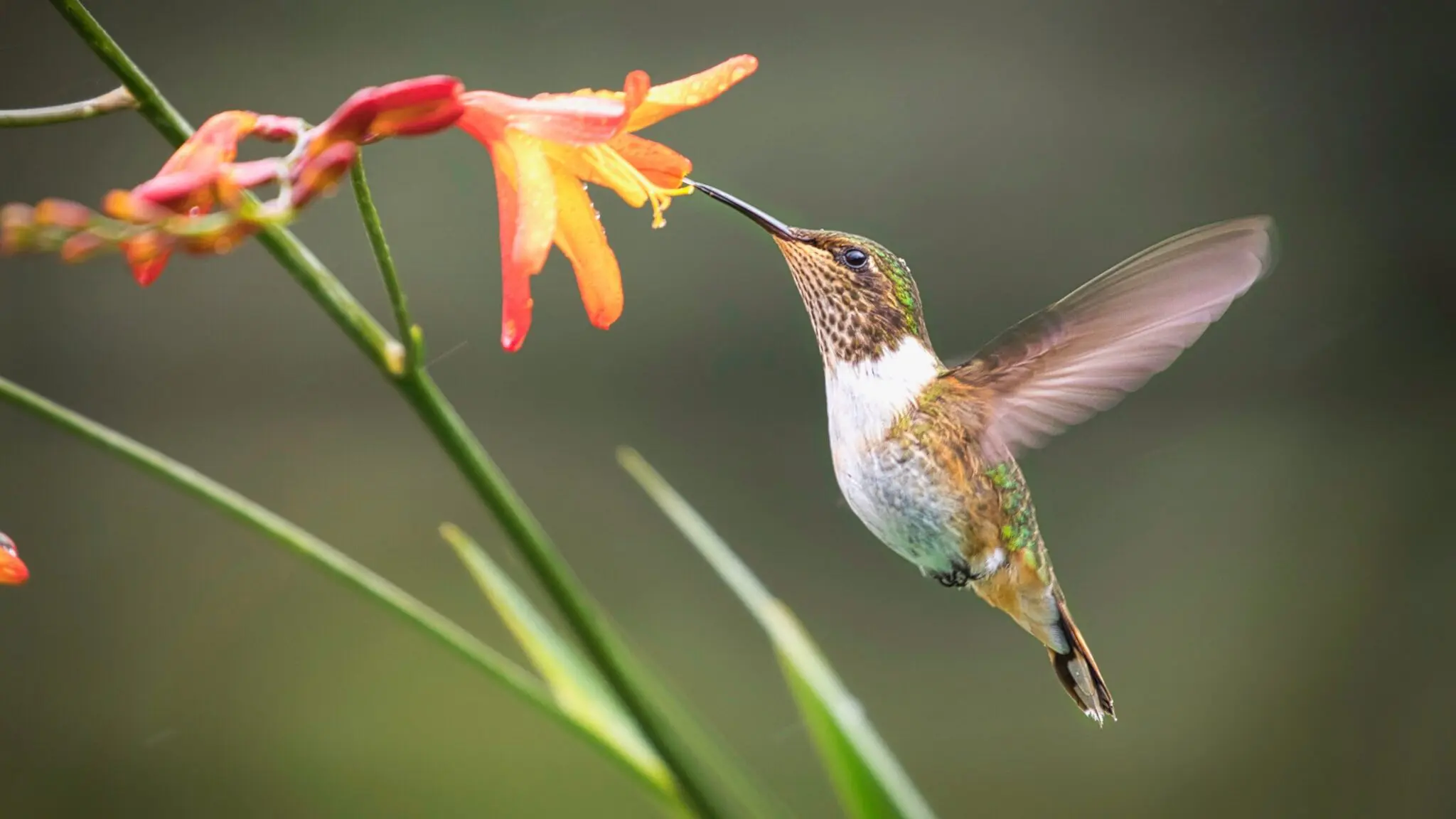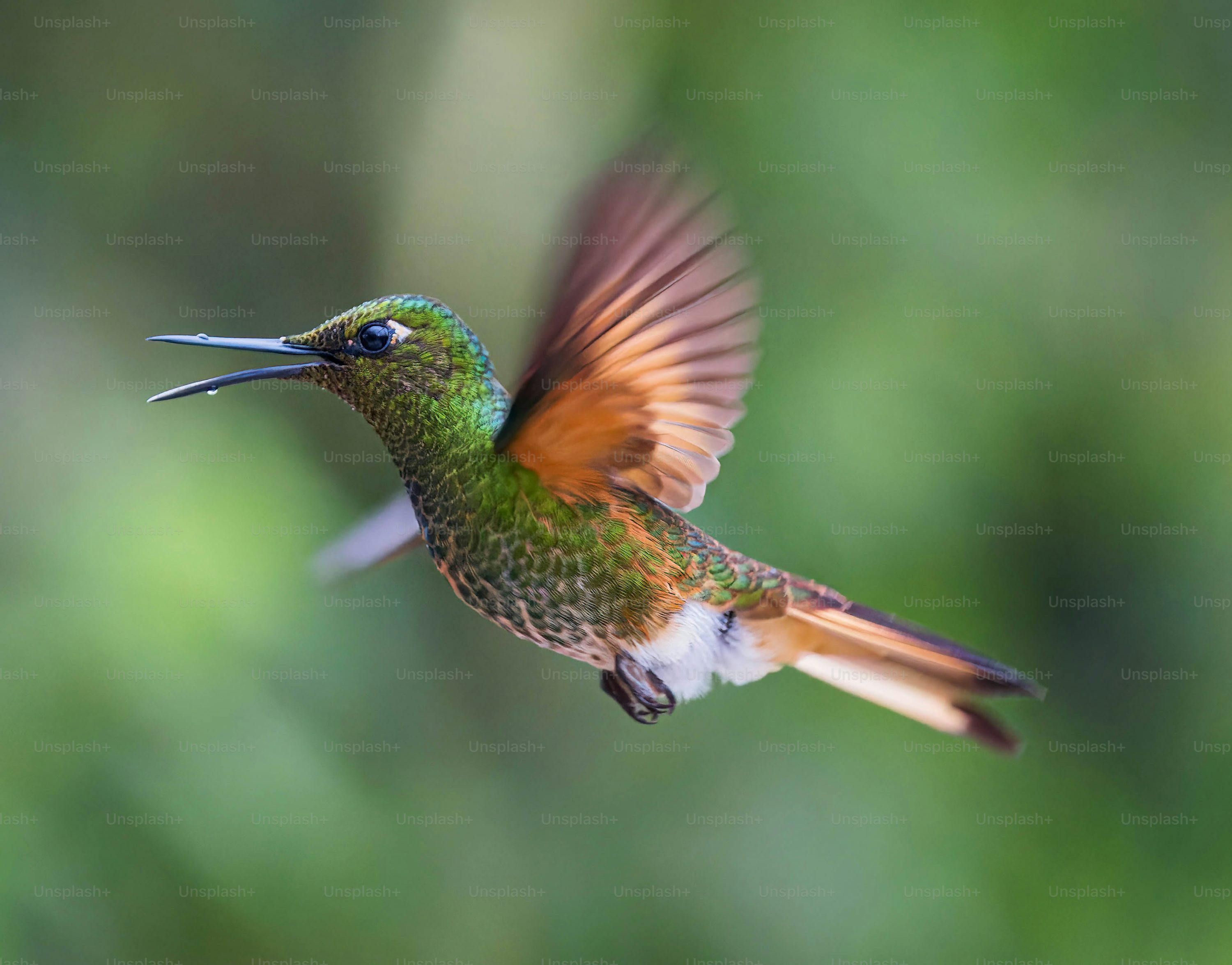Hummingbirds play a vital role in tropical forests, where their unique characteristics and behaviors contribute to the ecosystem’s balance and biodiversity. These tiny, colorful birds are known for their rapid wingbeats, hovering abilities, and long, slender bills adapted for sipping nectar from flowers. Let’s delve into the fascinating world of hummingbirds and explore their significance in the intricate web of life within tropical forests.
The Role of Pollinators
Hummingbirds are important pollinators in tropical forests, facilitating the reproduction of numerous plant species. As they feed on nectar from flowers, their heads come into contact with pollen, which they then transfer to other flowers as they forage. This process, known as pollination, is crucial for the fertilization and production of seeds in many plant species. Without hummingbirds and other pollinators, the diversity and abundance of plant life in tropical forests would be severely impacted.

Seed Dispersal
In addition to pollination, hummingbirds also play a role in seed dispersal within tropical forests. Some plant species have co-evolved with hummingbirds to produce fruits or seeds that are consumed by these birds. As hummingbirds feed on these fruits or seeds, they may carry them to new locations, where they can germinate and grow into new plants. This dispersal mechanism helps plants colonize new areas and maintain genetic diversity within the forest ecosystem.

Competition and Coexistence
Hummingbirds are known for their territorial behavior and aggressive interactions with other individuals, especially when defending feeding territories. In tropical forests, where resources like nectar-rich flowers are limited, competition among hummingbird species can be intense. However, these birds have also evolved strategies to coexist peacefully, such as foraging at different times of the day or specializing in feeding from specific types of flowers. This balance of competition and coexistence contributes to the overall diversity of hummingbird species within the forest.

Role in Food Chains
Hummingbirds are an essential part of the food chain in tropical forests, serving as both predators and prey. They feed on insects, spiders, and other small invertebrates, helping to control populations of these organisms. At the same time, hummingbirds are preyed upon by larger birds, snakes, and mammals. Their presence in the forest ecosystem supports a complex network of interactions that contribute to its stability and resilience.

Conclusion
In conclusion, hummingbirds play a multifaceted role in tropical forests, from pollinating flowers and dispersing seeds to shaping community dynamics and food chains. Their unique adaptations and behaviors make them key players in maintaining the biodiversity and ecological balance of these rich and diverse ecosystems. By understanding and appreciating the role of hummingbirds in tropical forests, we can better appreciate the intricate connections that sustain life in these vital habitats.

Leave a Reply